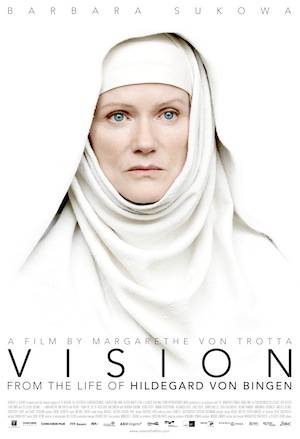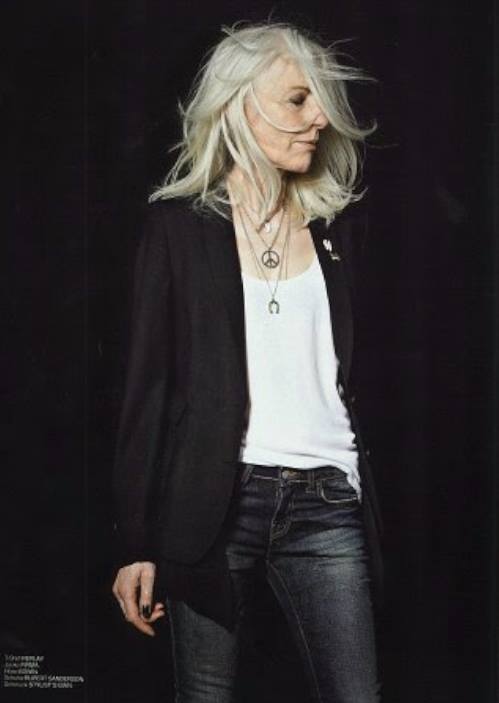 Hildegard of Bingen.
Hildegard of Bingen.
Voice of the Living Light .
Hildegard of Bingen: healing and the nature of the cosmos.
01 O rubor sanguinis, antiphon for Saint Ursula & her companions.
02 Favus distillans, response for Saint Ursula & her companions.
03 Work(s).
04 Studium divinitatis, Laudes antiphon for Saint Ursula & her Companions.
05 O ecclesia occuli tui, sequence for Saint Ursula & her Companions.
06 Misc. instrumental Pieces associated with Hildegard recordings.
07 O eterne Deus, antiphon.
08 O dulcissime amator, sinfonia for the virgins.
09 Rex noster promptus est, response for the Holy Innocents.
10 O cruor sanguinis, antiphon.
11 Cum vox sanguinis, hymn for Saint Ursula & her Companions.
12 Misc. instrumental Pieces associated with Hildegard recordings.
13 O virgo ecclesia, antiphon for the dedication of a church.
14 Nunc gaudeant materna, antiphon for the dedication of a church.
15 O orzchis ecclesia, antiphon for the dedication of a church.
Blessed Hildegard of Bingen (German: Hildegard von Bingen; Latin: Hildegardis Bingensis) (1098 — 17 September 1179), also known as Saint Hildegard, and Sibyl of the Rhine, was a German writer, composer, philosopher, Christian mystic, Benedictine abbess, visionary, and polymath. Elected a magistra by her fellow nuns in 1136, she founded the monasteries of Rupertsberg in 1150 and Eibingen in 1165. One of her works as a composer, the Ordo Virtutum, is an early example of liturgical drama.
She wrote theological, botanical and medicinal texts, as well as letters, liturgical songs, poems, and arguably the oldest surviving morality play, while supervising brilliant miniature Illuminations.
 Vision: From the Life of Hildegard von Bingen
Vision: From the Life of Hildegard von Bingen
Directed by Margarethe von Trotta
Germany, 2009
While I’d been meaning to read something by Hildegard von Bingen for about the past five or six years, German director Margarethe von Trotta basically rescued me from my lethargy with this fine film portrait about the 12th century Benedictine nun, woman of letters, and mystic. One of the interesting things about the director’s approach is that she doesn’t attempt to explain away or oversell Hildegard’s visions–they just happen, throughout the film as throughout her life, the point being that they eventually begin to seem as natural as the sickly Hildegard’s propensity for being laid up with various physical afflictions. Another thing I liked about the film was its attention to small day to day details and people rather than platitudes. While I think that Von Trotta was quite wise to sidestep the question of whether Hildegard’s visions were the product of mental illness or supernatural spirituality (we’ll all have our own opinions on that one anyway), an unexpected bonus of her neutrality on the matter is that Hildegard’s role as magistra, and later abbess of her own convent, is given more play here than it would have in sensationalistic hands. Partly as a consequence of this and partly as a result of the acting, the relations between nuns and nuns and nuns and priests felt real to me–more so than in most movies in any event. In short, if you were ever curious about what it must have been like to try and lead a normal life as an outstanding woman, maybe even a feminist avant la lettre, in a culture where that brought about more detractors than admirers, I think you could do a whole lot worse than this for an answer. Nice solid effort, with a compelling performance by Barbara Sukowa in the lead role, although the U.S. movie poster’s soulless imitation of a perfume ad from Vanity Fair may rightly make you question my judgement (I’d understand, believe me).








